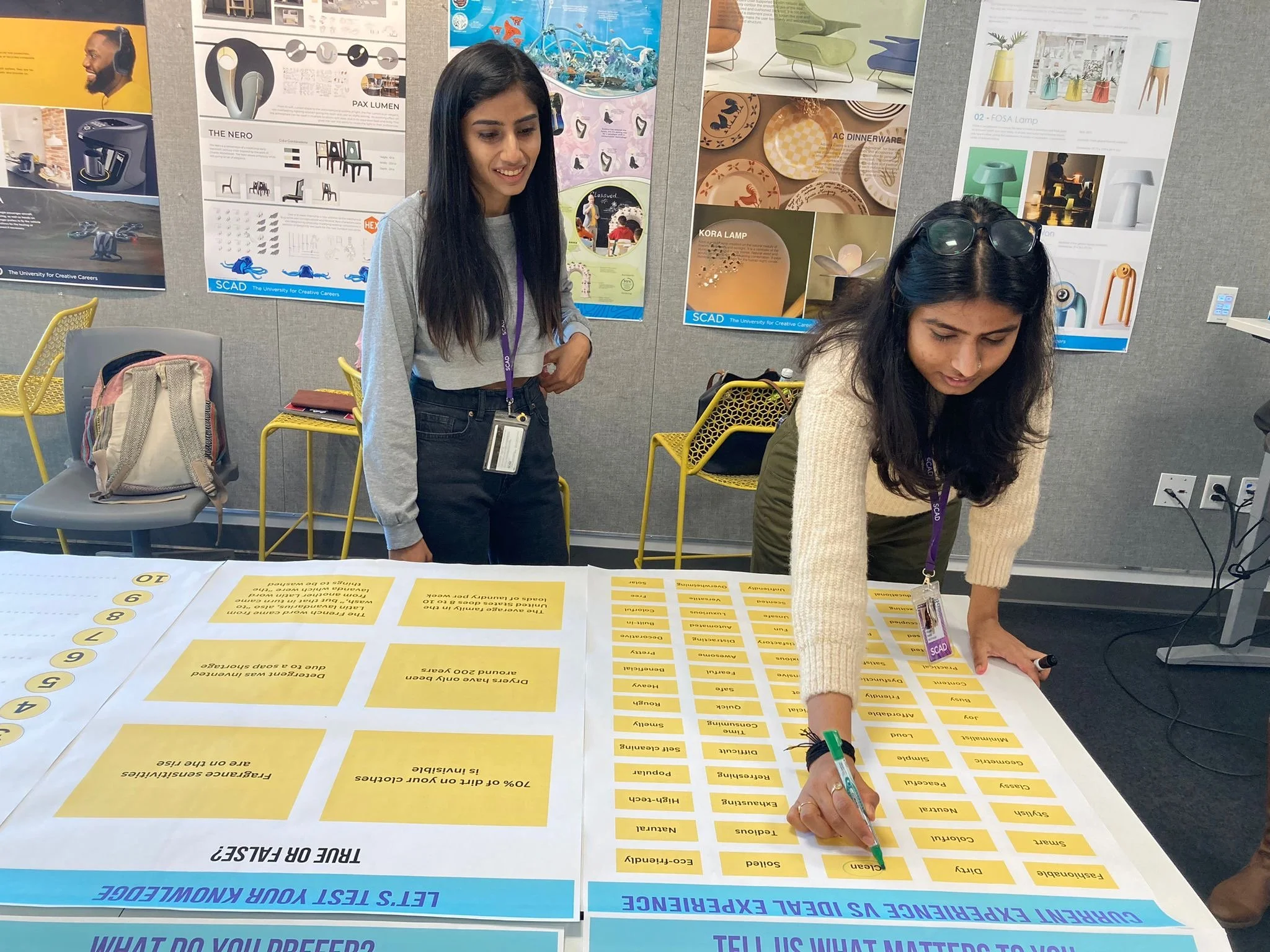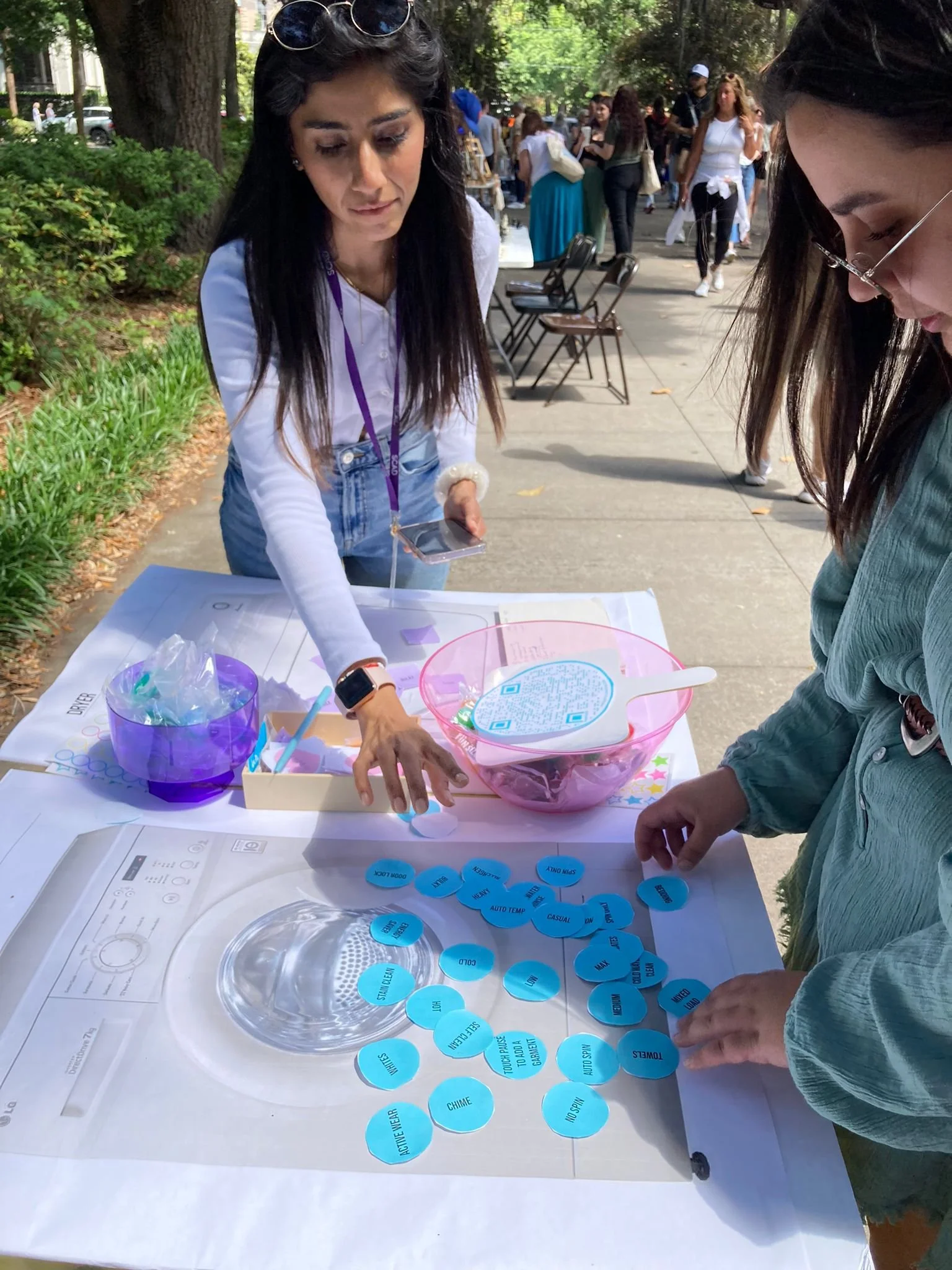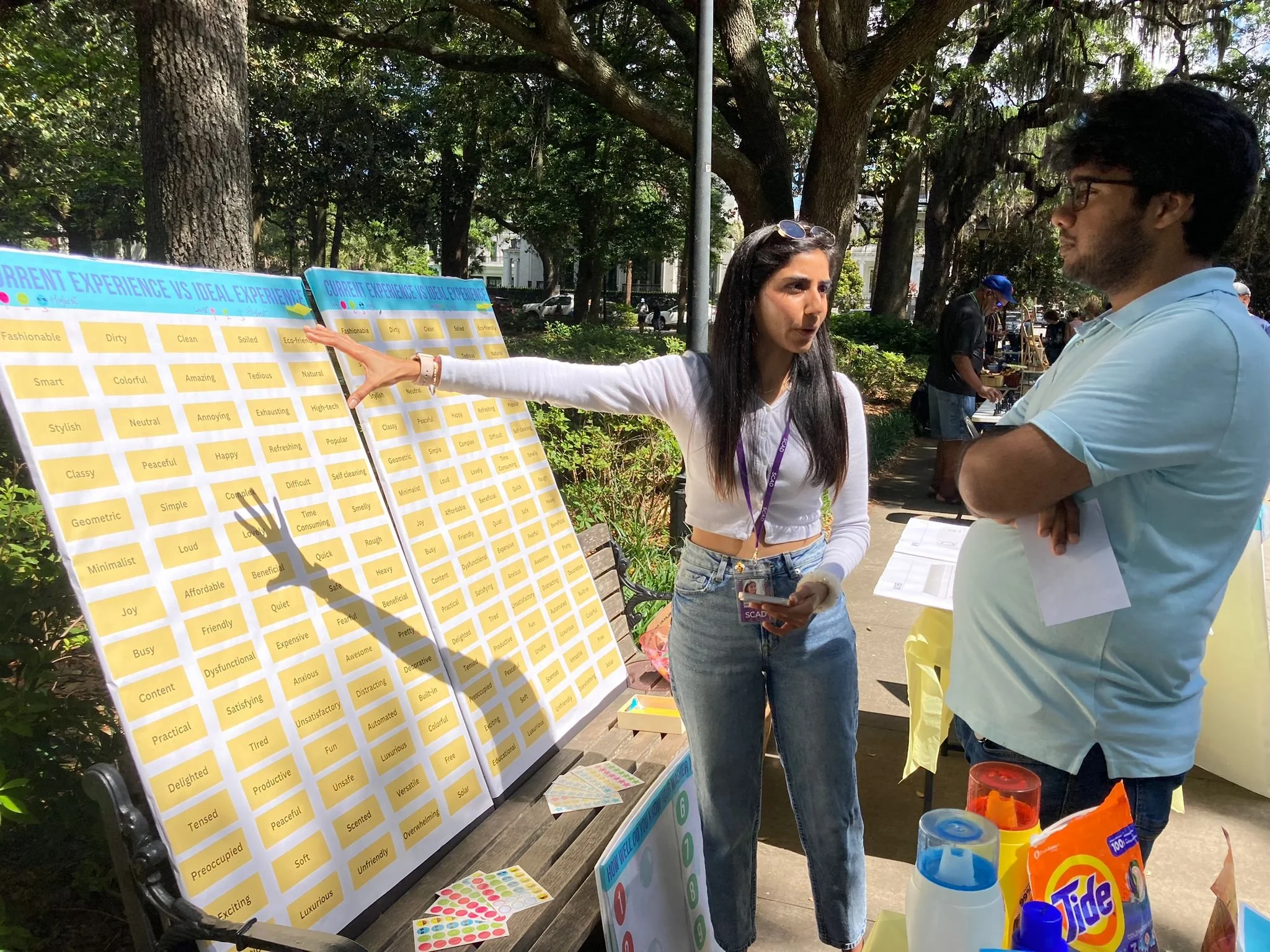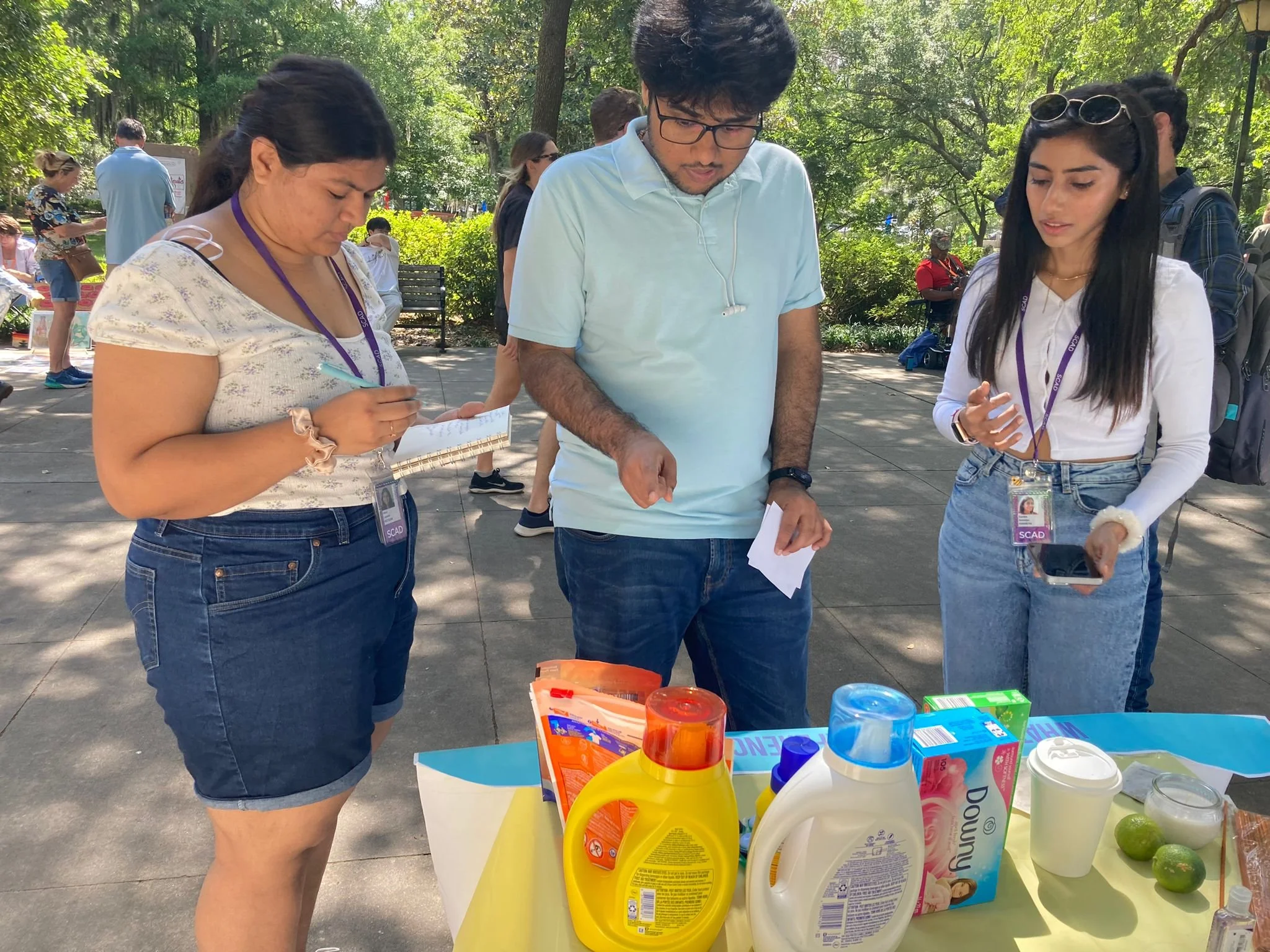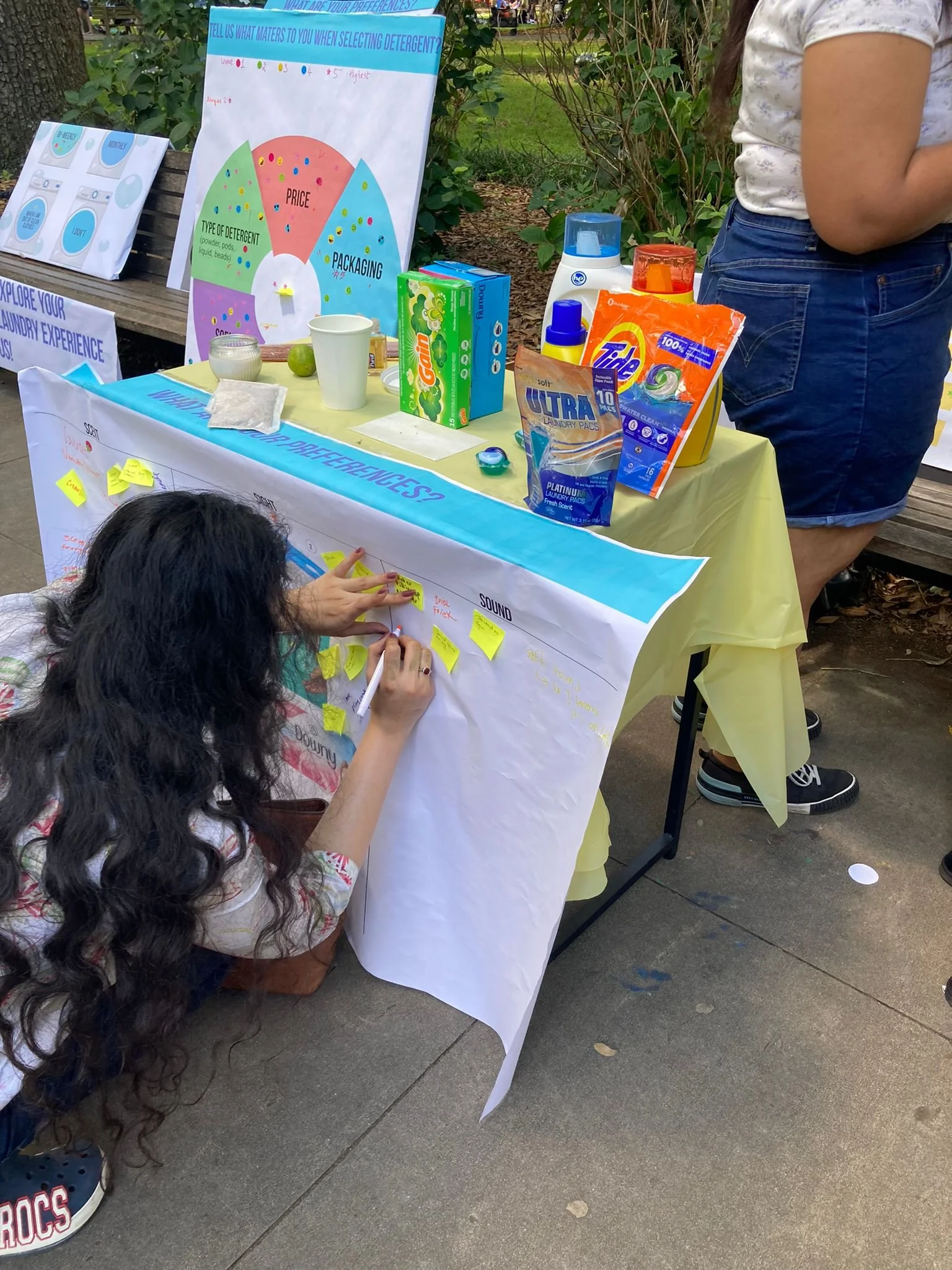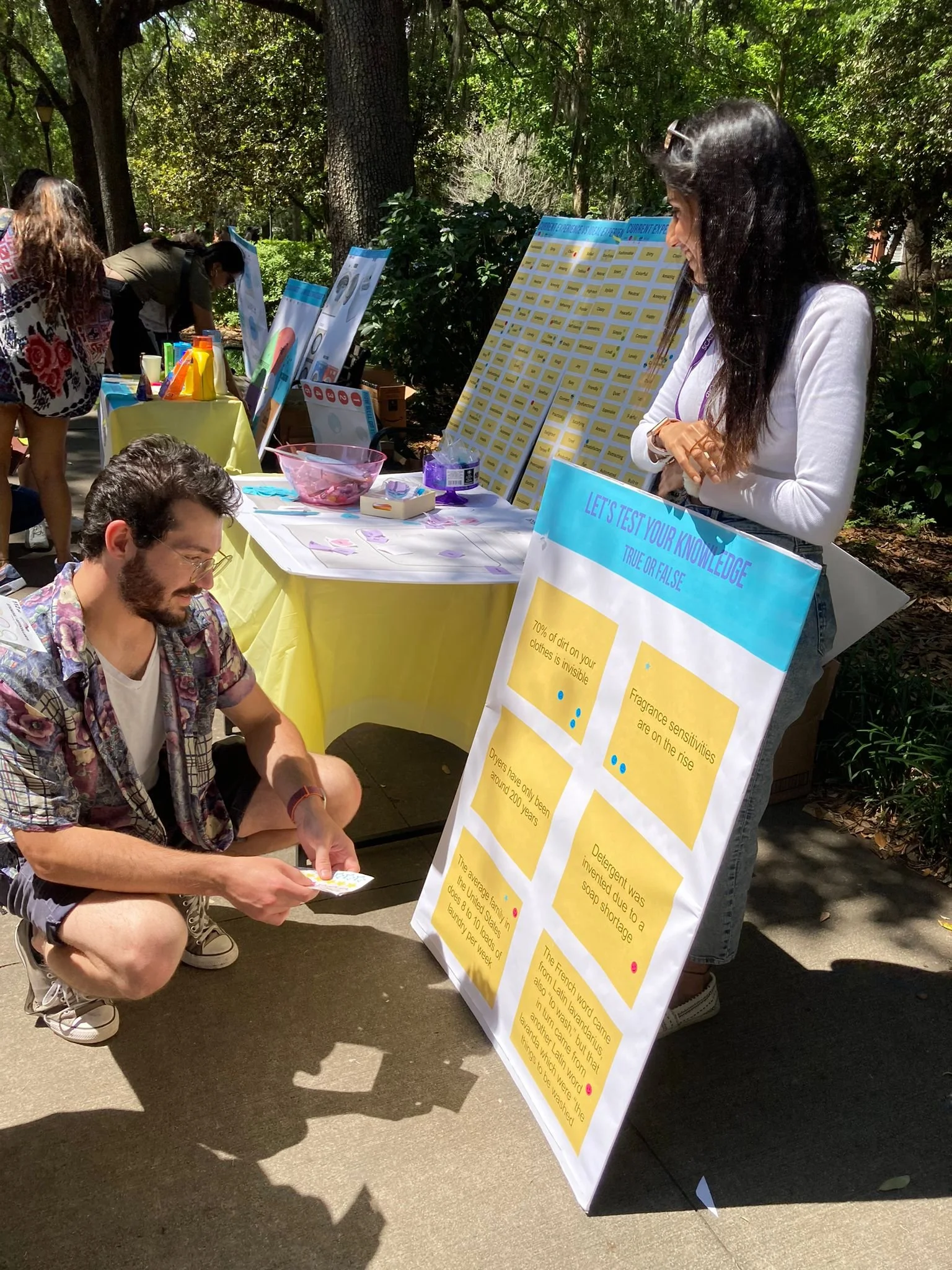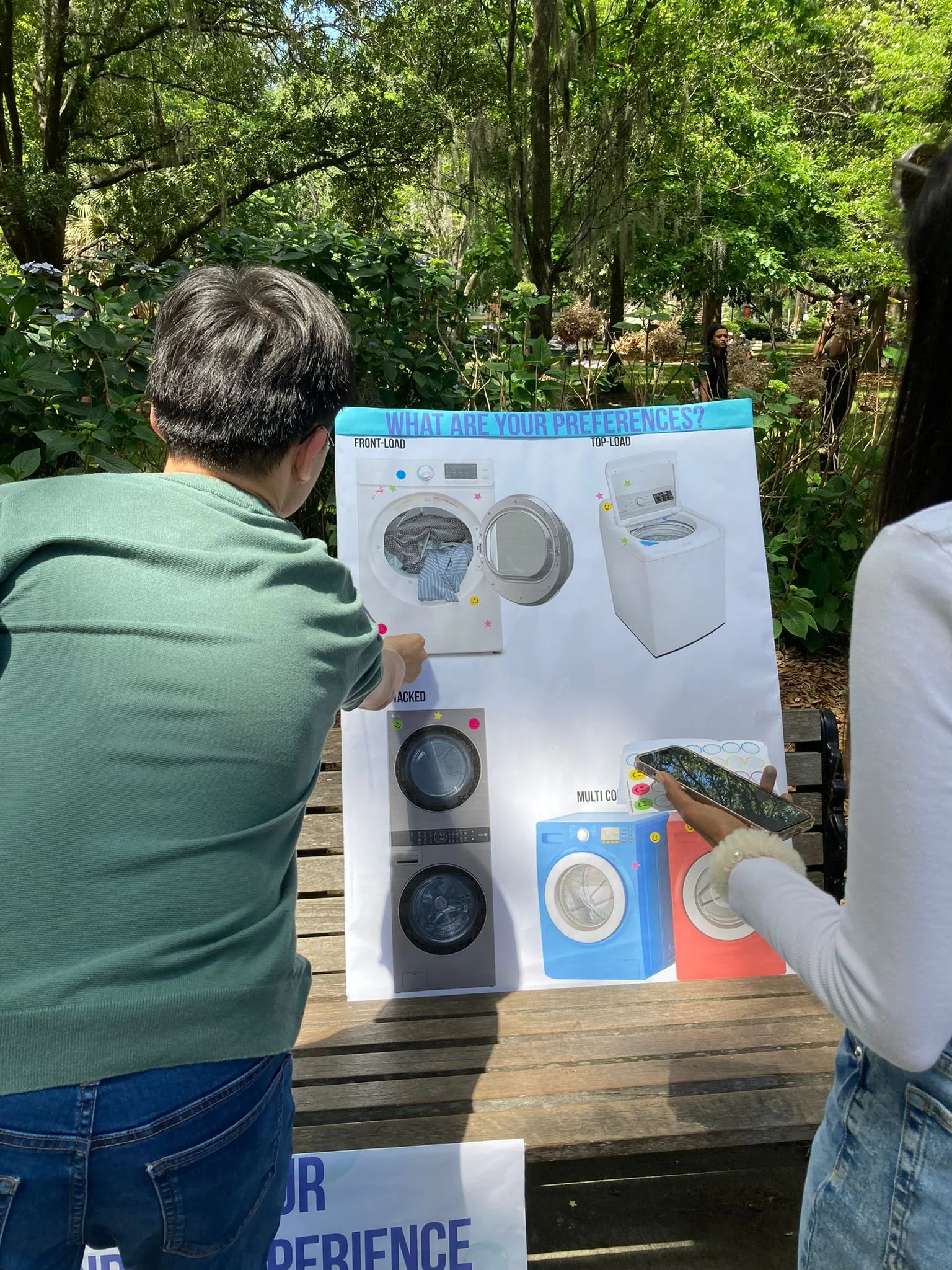
Discovering the Ideal Experience of Doing Laundry
Design Research | Insight Translation
OVERVIEW
The aim of this research project is to delve into the Ideal Experience of Doing Laundry and redefine it as an activity that goes beyond mere functionality.
By examining the various factors that contribute to the laundry experience, we seek to uncover opportunities for well-being, ultimately transforming this routine task into a source of delight and rejuvenation.
GOAL
The project investigates the impact of the laundry experience on psychological and emotional well-being of a person. The insights we derive are a representation of what people truly desire.
OUTCOME
Creating a framework to organize and communicate research findings to distill complex information into clear, actionable insights, facilitating better understanding and decision-making.
ROLE
Service Designer and Researcher | Team lead
TIMELINE
10 weeks | Mar 2023 - May 2023
TOOLS
Adobe Illustrator
Adobe InDesign
Miro
Figma
TEAM
Hetvi Lapasia - Industrial designer
Rhea Shukla - Graphic designer
Shubha Arya - Design manager
Kwela Hermanns - Professor
FINAL CLIENT BOOK
Challenge
The current laundry process does not meet all the needs of university students and young professionals, as it focuses solely on function and overlooks their emotional well-being.
Research Process
Explore research areas & identify core users.
——->
——->
Conduct research via surveys, interviews, cultural probes and sensory cues.
Affinitize data and synthesize user insights.
——->
Design the ideal experience framework.
——->
Deliver the client book.
Core Users
The Stakeholder Map assists in aligning relationships for the optimal and delightful laundry experience across different contexts.
The stakeholder engagement plan involves interviewing students, professionals, parents, and experts to capture diverse perspectives.
This ensures insights from both primary and secondary stakeholders, contributing to a comprehensive understanding of the laundry experience.
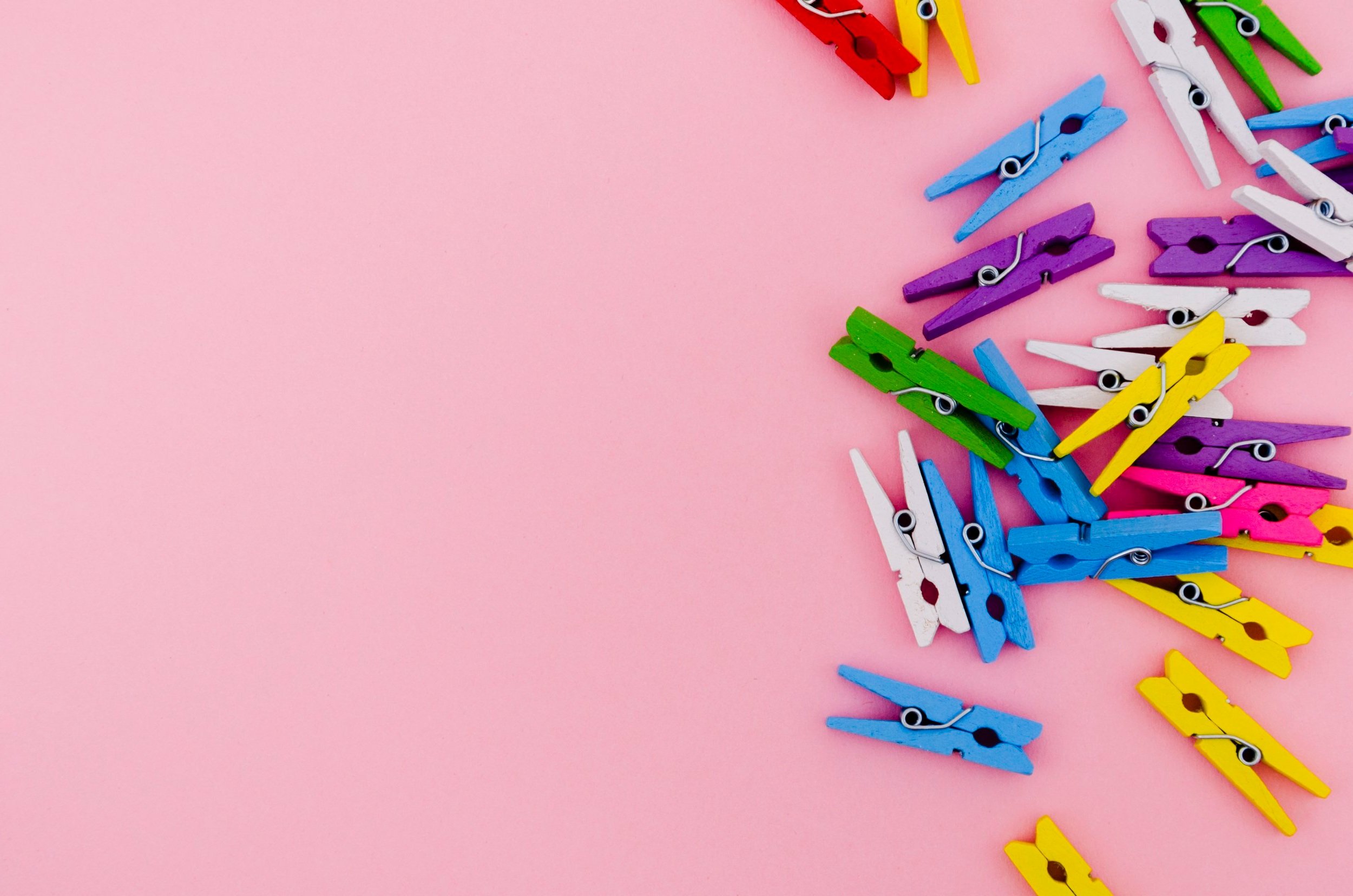
Recruitment Plan
Who we talked to:
12
Contextual Interview Participants
35
Cultural Probe Participants
30
Sensory Cue Participants
We conducted primary research using diverse research methods like ethnography, interviews, surveys, cultural probes and sensory cues to observe our users and understand their behaviours, attitudes, needs and pain points.
Ethnography
Research Approach: Overt Non-participant Observation.
The participant was aware of our presence during the research. The observation spanned three stages of the laundry process: before, during, and after. A storyboard was created to visually capture these phases.
Tapan decides to do laundry right before going for a shower.
After his shower, he checks on his clothes and transfers them from the washer to the dryer.
24 hours later, he remembers that his clothes are still in the dryer and goes to take them out.
Weekend
Tapan does his Laundry at the end of the week over a span of 24 hours.
Awareness
He knows which buttons and controls to select
on both the Washing Machine and the Dryer.
Muscle memory
It's second nature to him. He didn't stop to think.
Laidback attitude
He forgot to remove his clothes from the Dryer and remembered the following day. He was in no hurry throughout the process.
Environment
He is not bothered by the clutter around the Laundry unit.

What Users Are Saying
We designed a discussion guide that incorporated six types of questions:
open-ended, heart-based, closed, brain-based, problem-oriented, future-oriented.
This guide was applied to gather qualitative data during our interviews.
We also developed a survey specifically for our core users to gather quantitative data.
Here are paraphrased quotes and insights obtained from our interview sessions.
Futuristic unit
"We would love to have a futuristic combined washer and dryer machine that would automatically start, stop, separate, wash, dry and transfer clothes on its own."
Private laundry room
“I like the privacy in a laundry room with doors since that way no one has to see my laundry being done.”
Intuitive machines
"I wish my machine had separate compartments or a way to separate different colors and materials of clothes."
Sustainability
"I prefer eco-friendly, sustainable and biodegradable packaging and detergent so that it can be recycled."
Cultural Probe
Through our cultural probe, we aimed to learn about laundry habits, machine preferences, detergent choices, knowledge, control skills, and thoughts on current versus ideal experiences.
These were the activities we conducted. These activities helped us uncover valuable insights into people’s perceptions and preferences regarding their laundry process.
Laundry Frequency
Machine Preferences
Detergent Selection Criteria
Knowledge Assessment
Appliance Control Proficiency
Current vs. Ideal Experience Reflection
Machine Controls Puzzle
Sensory Cue Workshop
We organized sensory cue activities for smell, sight, hearing/sound, and touch, featuring individual canvases for each sense.
Participants were presented with various options on each canvas, such as different machine designs for sight, diverse fabrics and materials for touch, an array of sounds for hearing, and multiple scents like perfumes, candles, and incense sticks for smell.
This hands-on approach enabled us to not only gauge participants' likes, dislikes, and inclinations but also provided valuable insights into the variance between their stated attitudes and observed behaviors.
Synthesizing data gathered from research.
Data Affinitization
By employing diverse research methods, including observation, in-depth interviews, cultural probes, and sensory cues, we amassed a dataset comprising almost 3000 data points.
The subsequent step involved affinity diagramming, a process unfolding in four stages.
Transitioning from individual data points to emergent clusters.
The Yellows
Moving from emergent clusters to user-centric labels, summarizing what matters.
The Blues
Shifting from key user issues to labels without examining individual data.
The Pinks
The Greens
Transforming pink clusters into core stories or insights, capturing profound narratives.
Designing The Ideal Experience Framework.

The Ideal Experience Framework
After collecting insights, we organized them into a framework to simplify complex data for visual communication.
Our framework is a synthesized version of what people expect to have in their Ideal Experience of Doing Laundry. It links design attributes to user emotions through features and benefits.
Emotion of feeling accomplished is at the core of the ideal laundry experience. It is captured in “I feel” statements.
The drivers of this framework, relief, enjoyment and efficiency became the foundation of what it means to feel accomplished while doing Laundry. These drivers are the benefits that connect directly between the product/ service and emotion, and are represented in “I am” statements.
We aimed to understand how these desired emotions would translate into the Ideal Laundry Experience. With these three drivers, there are ten values supporting the core.
These values translate into features that deliver specific ideas on how benefits are delivered, and are represented in “It is” statements.
Client Book
Following the completion of data analysis and synthesis, we compiled a comprehensive client book encapsulating the insights and key values derived from our research. This valuable resource remains relevant for a substantial 5-year period.
Brands leveraging this research can effectively tailor their designs to resonate with the identified target audience.
Lessons Learned
Understanding Users: Research helped me realize the importance of understanding users' needs and preferences before designing products or services.
Stakeholder Engagement: Stakeholder mapping ensured a holistic view by considering diverse perspectives, while interviews unearthed valuable insights into user attitudes and behaviors.
Data Analysis: Affinity diagramming taught me how to synthesize large amounts of data effectively, leading to the identification of patterns, trends, and key insights that informed decision-making and strategy development.
Framework Development: Creating a framework to organize and communicate research findings helped me distill complex information into clear, actionable insights, facilitating better understanding and
decision-making.
This research project was guided by the Human Experience firm Lextant. Upon completion of this project, we were awarded the Lextant Certification for Design Research and Insight Translation for demonstrating the six key principles: relevant, aspirational, holistic, rigorous, actionable and visual. These principles guide their thinking and are exemplified in their work to define value in order to create meaningful experiences.







